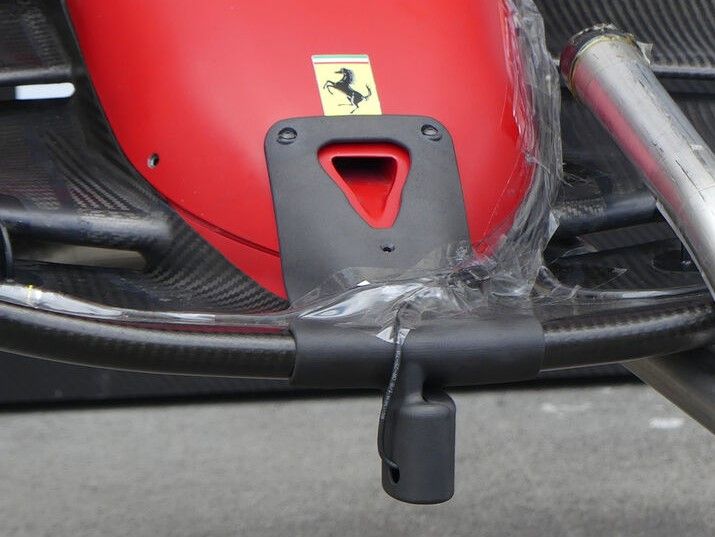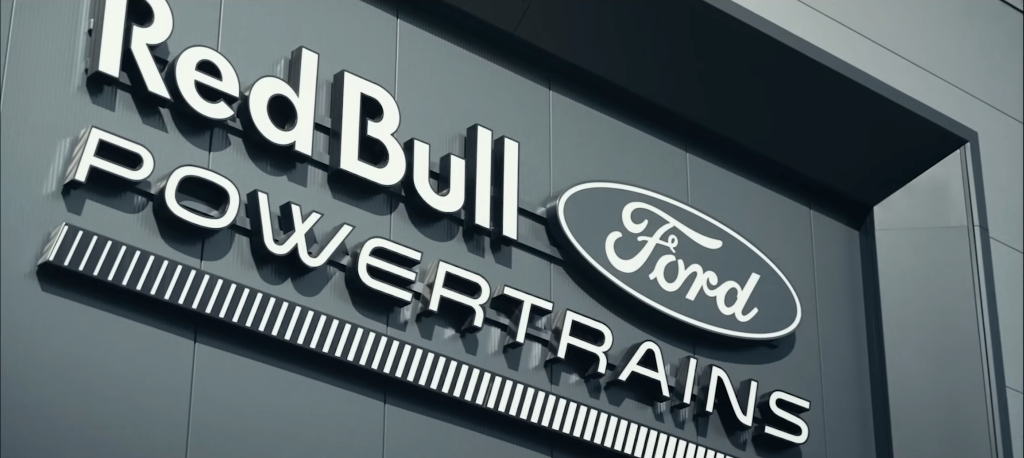Ford Motor Company, a global automotive manufacturer established in 1903, is gearing up for its first Formula 1 race in two decades. Official competition begins in 2026, but development is well underway through a partnership with Red Bull Powertrains—the engineering arm behind Red Bull Racing’s F1 power units. Over 1,000 3D printed parts have already emerged from Ford’s additive manufacturing labs, leveraging testing methods adapted from the aerospace sector.
Several of these 3D printed components, including cold plates for batteries and cooling plates for other systems, feed into the internal combustion engine and hybrid technology that Ford is developing for the upcoming racing season. Engineers rely on the company’s century-long manufacturing expertise to design parts for high-stress conditions. Cross-departmental support, from battery development teams to thermal system specialists, contributes knowledge crucial to refining each design.
Effective testing protocols bridge the gap between additive manufacturing and real-world performance. Ford’s additive manufacturing group measures mechanical strength, hardness, and precise geometry through 3D scanning. Non-Destructive Evaluation experts then use X-ray and CT scanning to generate digital models, revealing internal structures that would remain hidden with conventional inspection tools.
Every component receives further scrutiny at the Product Development Center’s metrology lab, where final checks confirm dimensional accuracy. Keith Ferrell, who leads Ford’s additive manufacturing collaboration with Red Bull Powertrains, notes that each step ensures racing parts can handle intense speeds and heat. “We’re pulling in all of these Ford teams with all of these areas of expertise to help in the program,” Hertrich added, underscoring the broad collaboration behind Ford’s F1 efforts.
Many of the new parts go beyond simple items such as fasteners. “It’s not things like nuts and bolts and easy stuff,” said Christian Hertrich, Ford Performance Motorsports Powertrain Manager. “These are complex metal and polymer parts that get tested to extremes so they can withstand races that average 200 miles an hour.”
Lessons learned through motorsport testing are already guiding improvements in Ford’s consumer vehicle lineup. Engineers on the F-150 program recently uncovered a glue overflow issue in headlamps—an elusive flaw that had persisted for months despite traditional inspection methods. By adapting advanced scanning procedures refined for racing parts, the Non-Destructive Engineering team pinpointed the problem within one day, sparing costly repairs and customer complaints.

3D Printing’s Role in Formula 1 Performance Gains
McLaren Racing, a British Formula 1 team, now produces up to 9,000 3D printed parts per year using five Stratasys SLA 3D printers. These machines manufacture front and rear wing components, side bodywork, and scale wind tunnel models. Wind tunnel testing remains critical for refining aerodynamic setups, and McLaren’s additive manufacturing team reports significant time reductions in part production.
Scuderia Ferrari, the most successful team in Formula 1 history, has turned to 3D printing for aerodynamic and powertrain applications. Engineers used 3D printed sensor mounts to analyze front wing performance, securing laser ride height sensors to measure movement under race conditions. These mounts were made from nylon-based polymers using Selective Laser Sintering (SLS) or MultiJet Fusion (MJF), two additive manufacturing processes capable of producing impact-resistant components with fine detail.

Ready to discover who won the 2024 3D Printing Industry Awards?
What will the future of 3D printing look like?
Which recent trends are driving the 3D printing industry, as highlighted by experts?
Subscribe to the 3D Printing Industry newsletter to stay updated with the latest news and insights.
Stay connected with the latest in 3D printing by following us on Twitter and Facebook, and don’t forget to subscribe to the 3D Printing Industry YouTube channel for more exclusive content.
Featured image shows Ford Performance new colalboration with Redbull Powertrain. Photo via Ford.
